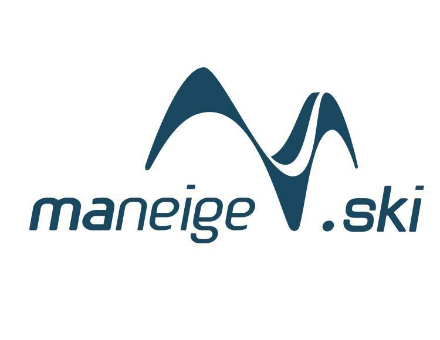SAM Magazine—Terrebonne, Quebec, Dec. 21, 2023—Ski areas in Quebec enjoyed a strong season in 2022-23, but while most ski areas in the province benefited from a surge in late-season skier visits, a relative handful of resorts continued to dominate the region.

Overall, ski areas generated more than C$429 million (US$318 million) last season, with skier visits up 5 percent year-over-year.
As previously reported, the annual analysis of the Quebec ski industry conducted by the University of Quebec at Montreal found that provincial ski areas attracted 6.6 million skier visits in 2022-23, the highest visitation in 16 years. About one in five of those visitors came from outside the province, a welcome rebound after several years of Covid-related downturn.
The positive numbers were anything but foretold at the beginning of the 2022-23 ski season, when Quebec experienced the warmest December in the last 103 years, resort closures due to power outages during the holiday season, and a New Year’s thaw that degraded snow conditions.
Sixty percent of Quebec resorts were forced to delay their opening dates, according to the Economic and Financial Analysis of Quebec Ski Areas report, and visitation was down 22 percent during the holiday period compared to 2021-22.
However, exceptional snowfall later in the season contributed to a 13-percent rise in skier visits during Spring Break, and 55 percent more spring skier visits overall. As a result, many Quebec ski areas were able to extend their seasons and closing dates.
Most Quebec skiers—70 percent—headed to the slopes of the Laurentians, Eastern Townships, and Québec-Charlevoix regions. Although Quebec has a total of 75 ski areas, the report found that 66 percent of Quebec’s ski industry business volume was generated by just seven major ski resorts.
Quebec ski areas invested about CA$70 million (US$52 million) in capital improvements in 2022-23, a little more than half of which was sunk into the province’s large ski areas. About 20 percent of those investments went into snowmaking, the report noted, with Quebec ski resorts anticipating putting another CA$70 million into snowmaking operations in the next two years.
Despite the strong season, local officials remain concerned about the myriad challenges facing Quebec ski resorts —and particularly smaller areas—such as unreliable cold weather, increased operating costs, and inflationary pressures.
"Considering the challenges to be met and the new technologies available to cope with climate change and labor shortages, ski resorts will have to quickly adapt their business model, using more automation to ensure the sustainability of their business and increase their contribution to their regional community,” said Yves Juneau, president of the Quebec Ski Areas Association.
By Bob Curley




